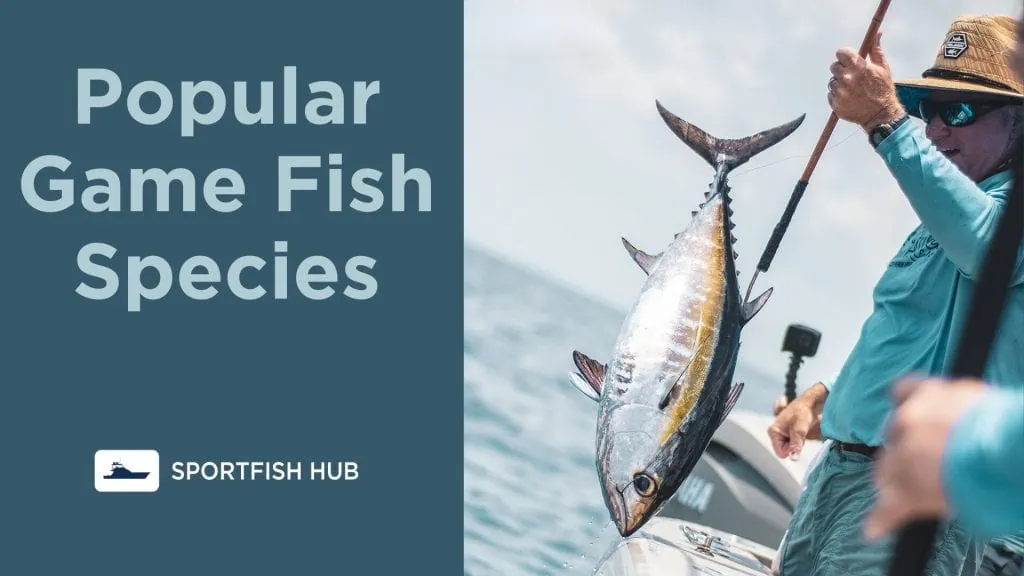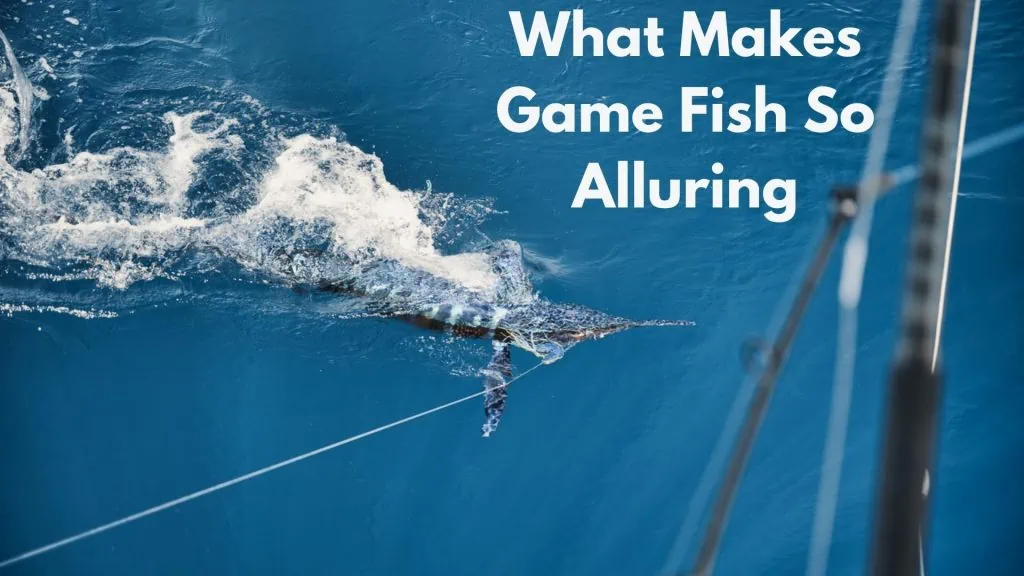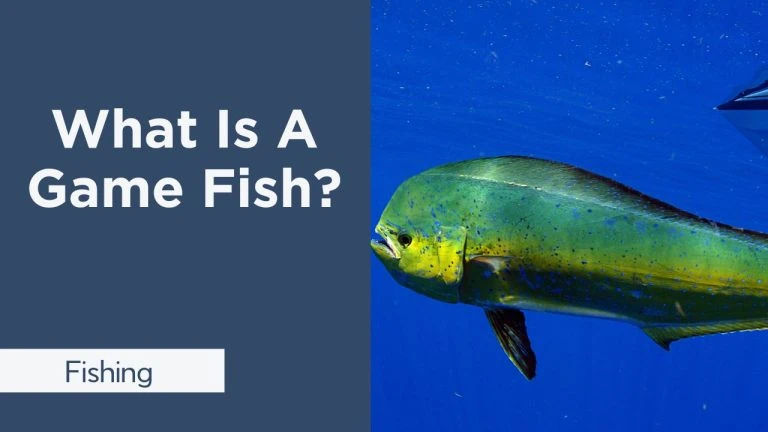Game fish are species that are highly prized by recreational anglers. These fish provide excellent sport when caught, making them a popular target for fishing enthusiasts worldwide. But what exactly qualifies a fish as a “game fish”?
Characteristics of Game Fish
There are several defining characteristics that set game fish apart from other species:
- Size – Most game fish are larger in size compared to other fish in their ecosystem. Their impressive dimensions make landing them more challenging and rewarding.
- Strength – Pound for pound, game fish are extremely strong. Their muscular bodies allow them to put up a mighty fight when hooked, providing an exhilarating battle for anglers.
- Speed – Many game fish are remarkably fast swimmers, enabling them to make blistering runs when hooked. Chasing down speedy fish adds to the excitement.
- Jumping Ability – Game fish like tuna and tarpon are renowned for their ability to jump high out of the water when hooked. This acrobatic behavior thrills anglers.
- Wariness – Heavily pressured fish become quite wary and selective about what they bite. Getting finicky fish to strike requires greater skill.
- Quality Flesh – Most game fish are prized for their culinary qualities. Their flavorful flesh makes for an appetizing meal after a day of fishing.

Popular Game Fish Species
Game fish can be found in both freshwater and marine environments. Here are some of the most popular species worldwide:
Freshwater Game Fish
- Largemouth Bass
- Trout
- Salmon
- Northern Pike
- Walleye
- Muskellunge
- Catfish
Saltwater Game Fish
- Tuna
- Marlin
- Sailfish
- Tarpon
- Bonefish
- Permit
- Roosterfish
- Dorado
- Wahoo
| Fish Species | Characteristics |
|---|---|
| Largemouth Bass | Aggressive striker, acrobatic leaper, strong fighter found in lakes and rivers |
| Trout | Wary, selective feeder known for fighting abilities, lives in streams and lakes |
| Tuna | Fast swimmer, hard charging fish capable of long runs, open ocean species |
| Tarpon | Remarkable jumper with stamina, found along tropical and subtropical coasts |
| Bonefish | Spooky, speedy fish found on tropical flats, challenges anglers with wariness |

What Makes Game Fish So Alluring?
Game fish offer anglers a unique experience that combines sporting challenge with culinary rewards. Here’s a look at why they are so alluring to fishermen:
- Provides a thrill – The heart-pounding excitement of battling a powerful fish is addicting to many anglers. Adrenaline junkies enjoy the rush.
- Tests skills – Fooling a savvy game fish into striking requires refined skills. Anglers take pride in their ability to outwit game fish.
- Chance for a trophy catch – Landing a huge specimen of iconic species like tuna or marlin is the fishing equivalent of bagging a trophy.
- Culinary appeal – A fresh meal featuring delicacies like seared tuna or blackened redfish is a satisfying end to a day of fishing.
- Social experience – Shared adventures in pursuit of game fish help form lasting bonds and stories among friends.
- Chance to engage with nature – Chasing fish in remote waters allows for immersion in pristine natural environments.
- Legacy of challenge – Our ancestors battled these same species, passing down lore of their fighting abilities.
Game Fishing Methods and Gear
Chasing game fish requires having the right fishing methods and gear dialed in. Key factors to consider are:
- Rod and Reel – Match your rod and reel to the size of the targeted species. Use heavy offshore gear for big game fish.
- Line – Select a pound test appropriate for the game fish’s size and habitat. Braided lines offer strength and reduced stretch.
- Leader – Attach a leader made of material like fluorocarbon when fishing for wary fish in clear water.
- Hooks and Lures – Carry an array of hook sizes and lures to entice everything from tuna to snook.
- Bait – Consider live or cut bait when allowed to get the edge over lures. Chumming can attract game fish.
- Landing Tools – Bring a net or gaff to safely land your catch without injury. Line clippers and pliers also come in handy.
- Fighting Belt or Chair – Use a fighting belt or chair to harness yourself when battling powerful fish. This helps tire the fish.
- Electronics – Modern fish finders, GPS units and other electronics can help anglers locate and stay on fish.
Ethical Angling Practices
To protect game fish populations, it’s essential anglers follow ethical practices such as:
- Adhering to fishing regulations like size limits and bag restrictions
- Releasing undersized or unwanted catches quickly and gently
- Using proper handling and catch-and-release techniques to minimize injury
- Employing barbless hooks and circle hooks to reduce damage
- Avoiding areas with spawning or protective game fish
- Reporting illegal or unethical fishing activities when witnessed
- Respecting other anglers and yielding right of way when boats converge on fish
- Picking up trash left behind by less considerate fishermen
Preserving Game Fish for the Future
In order for future generations to experience the excitement of game fishing, conservation-minded practices must be implemented, such as:
- Strictly adhering to game fish regulations
- Using circle hooks to promote catch-and-release survival
- Improving habitat through conservation programs
- Monitoring populations and adjusting take limits as needed
- Education to instill stewardship ethics in anglers
- Working with policymakers to develop sustainable policies
- Supporting hatchery programs to boost wild stocks
In summary, game fish are highly prized by anglers for their fighting abilities, wariness, size, and culinary value. Popular species range from iconic freshwater fish like bass and trout to saltwater game fish like tuna, billfish and tarpon. Specialized methods and gear are used in pursuit of these top targets of recreational anglers. Following ethical practices and supporting conservation are key to protecting game fish populations worldwide.













